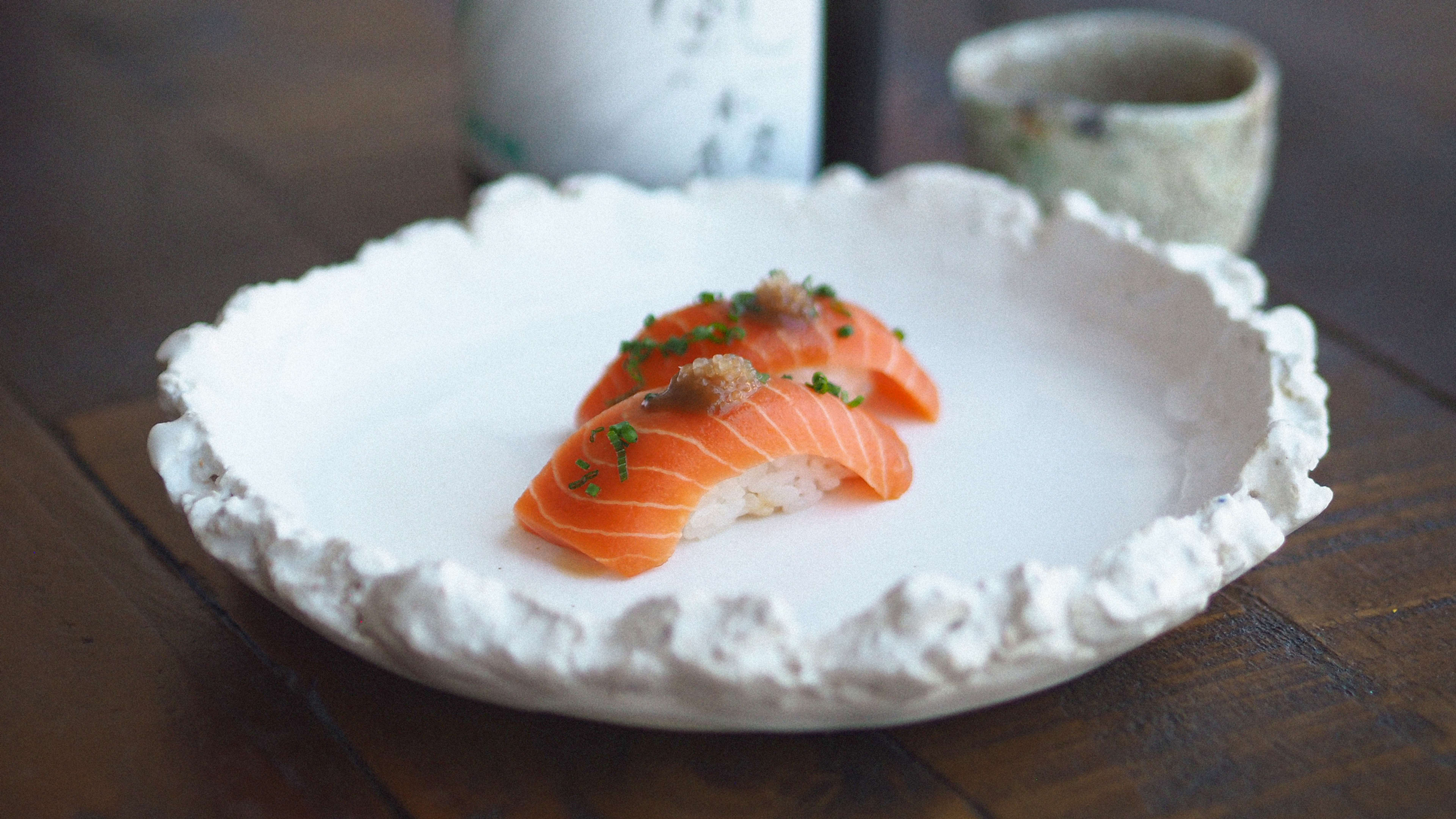Like seeing the lobster in a tank at a seafood restaurant, inside a new food production facility under construction in San Francisco, visitors will soon be able to sit in a tasting room and try sushi made with salmon grown on the other side of a glass wall. Except the salmon won’t be swimming before you eat it.
Like other startups in the cellular agriculture space, Wildtype, the company building the pilot plant, is focused on how to grow meat—in their case, seafood—from cells in bioreactors instead of animals. Cofounder Aryé Elfenbein, a cardiologist, started thinking about the possibility five years ago. “I was working on stem cell research when I thought of this question, that’s sort of a strange one: Do we need animals to have meat?” he says. “Or is it possible to just produce the meat that we consume outside of the animals?”
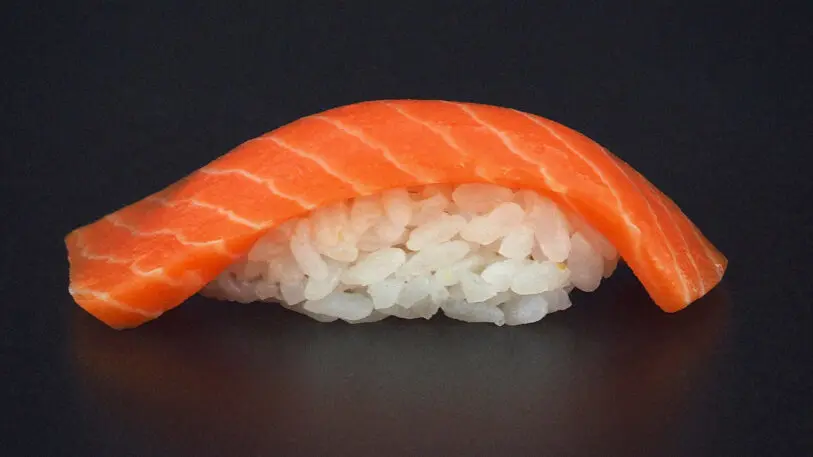
Instead of trying to mimic salmon with soy or other plants, the company grows actual fish cells in stainless steel tanks. “The cells we use are really programmed, it’s in their DNA, to organize and mature in the same way that they would within the animal,” says Elfenbein. “We provide them with the same nutrients that the fish would consume in the wild—proteins and fats and carbohydrates and minerals. And essentially have them grow in a system that looks kind of like a beer brewery.”
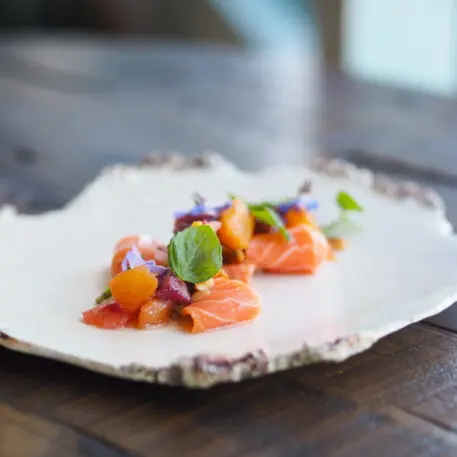
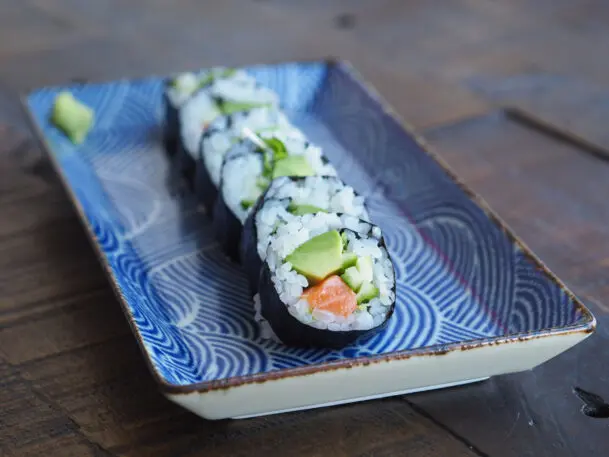
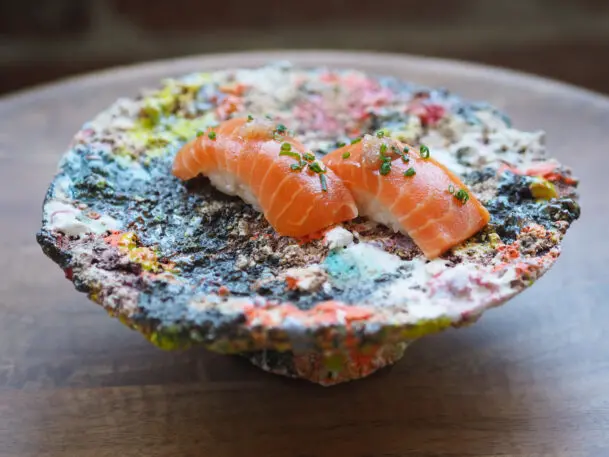
The startup is working with regulators at the FDA as the agency figures out how to regulate a new type of food. (In a world first, Singapore recently approved the first lab-grown chicken; the U.S. may not be very far behind.) For now, Wildtype will only provide tastings, and it’s not clear how long it will be before it can move forward with commercial sales. But in its new pilot plant, the company is already preparing for future growth by testing production methods at a larger scale.
“We somehow need to figure out how we’re going to feed the next 3 billion people on this planet,” he says. “For us to be able to even make a dent in that, we need to be operating at a tremendously large scale. Because we don’t want to just create food that’s at one or two expensive sushi restaurants on the West Coast, right? We want this product to eventually be in every Costco and Trader Joe’s, and have it at a price that’s cost-competitive, if not cheaper, than what you find on the shelves in the grocery store today.”
Recognize your brand’s excellence by applying to this year’s Brands That Matter Awards before the early-rate deadline, May 3.
